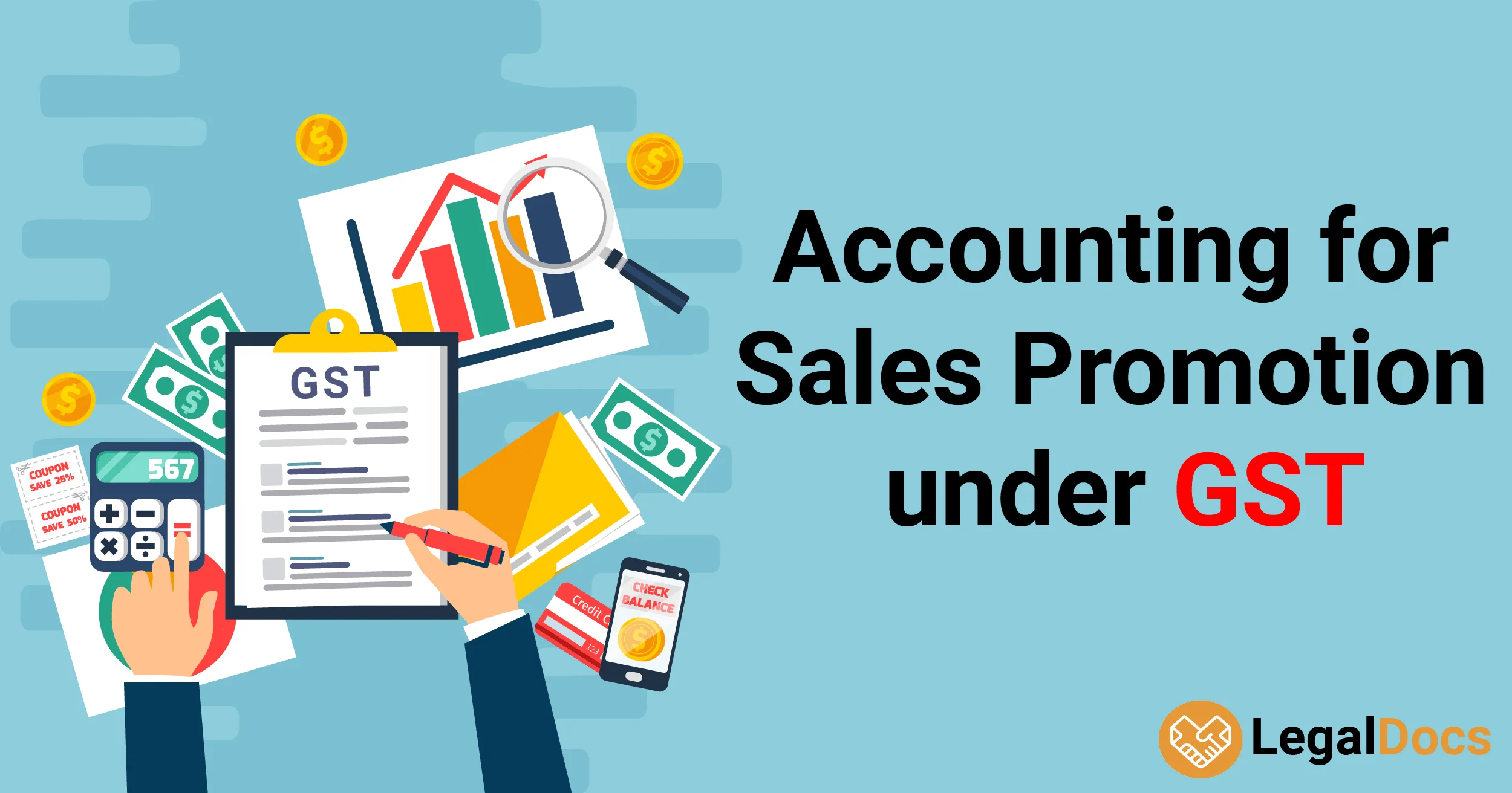Accounting for Sales Promotion under GST
Input Tax Credit under GST
Since the introduction of the GST regime in 2017, the number of suppliers registered as GST taxpayers is increasing every quarter. The simplicity and seamlessness of GST has significantly contributed to this. While GST has certainly contributed to easing of filing taxes, the markets continue to be rife with competition. Sales promotion schemes such as discounts, free samples etc. fall under the purview of GST but their treatment was uncertain. On 7 March 2019, the Central Board of Excise and Customs clarified these matters through its circular no. 92/11/2019-GST. Let us explore these in some detail.
No Late Fee for GSTR 1 and GSTR 3B Return
In a major relief for taxpayers, late return filing of GSTR 1 and GSTR 3B has been exempted from any late fees or penalties subject to certain conditions. These are illustrated in the following table:
Treatment of Free Sample and Gifts
As per the GST Act, gifts and free samples are not treated as supply, provided the supplier does not charge for them. A catch here is that the supplier has to forego claiming of the input tax credit on such promotional items.
Treatment of Buy One Get One Free
The GST Act considers that in the case of "Buy One Get One Free" offers, multiple products are offered for a single price. Therefore, whether the bundle is a mixed supply or composite supply, as defined under the Act, should be considered. In addition, the tax rate is determined as per Section 8 of the Act. Here, the supplier is allowed to claim the input tax credit on all the items offered as a bundle.
Treatment of Discounts
Discounts are generally of two types:
i) Discounts reflected in the invoice
ii) Discounts not reflected in the invoice but which become clear at a future date
First, are the discounts which are reflected in the invoice, such as volume-based discounts (Example: 5\\% discount on a purchase of more than Rs. 10,000). To calculate the value of the supply, the amount of such discounts is not considered.
Second are the discounts which become apparent at a future date (Example: 5\\% discount on the purchase of more than 10,000 units a year). To calculate the value of the supply, the amount of such discounts is not considered, provided that:
An agreement has been entered into between the two parties specifying the discount percentage/amount and conditions thereof
This agreement is in force at the time of supply
Items offered under both the above-mentioned discount schemes are eligible for the input tax credit.
Treatment of Discounts
These discounts are those which are granted retrospectively, that is after the supply has concluded (Example: an item was supplied at Rs. 100, and the price was later changed to Rs. 90). These are to be considered in the calculation of total supply value.
Items offered under secondary discount schemes are eligible for the input tax credit.
Looking for more guidance on input tax credit under GST? Contact LegalDocs and get your queries resolved in a flash!
 Knowledge Center
Knowledge Center


























LEAVE A REPLY: